
Worldwide, 400,000 children are diagnosed with cancer each year. In the U.S., more children die of pediatric cancer than any other disease.
Whether it is your child, a neighbor or the relative of a colleague, chances are strong that someone you know will have their lives shattered by pediatric cancer. We are working to mitigate your despair the only way we know how: by advancing science.
One of the most important facts to understand is that pediatric cancers and adult cancers are different. Childhood cancers do not behave the same way as adult cancers. Additionally, adult treatments have a different impact on developing bodies and children may respond differently to drugs that control symptoms in adults. Even so, a scarcity of research funding forces children to rely on adult oncology regimens – many of which are decades old and may even be deadlier than their disease.

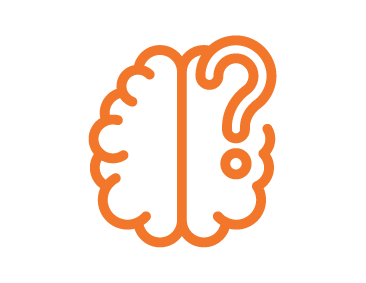
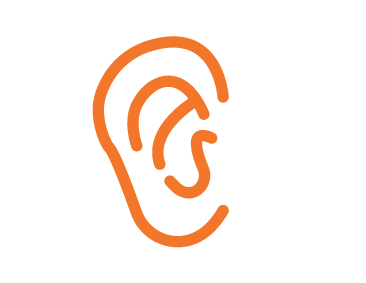
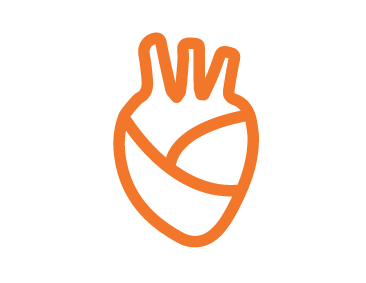
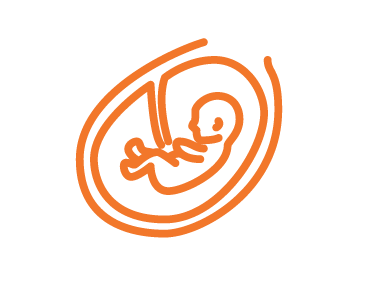
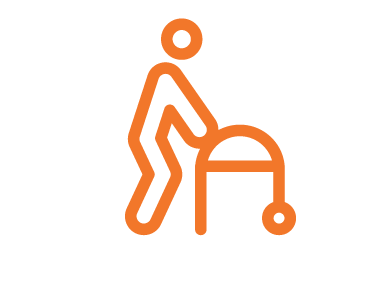

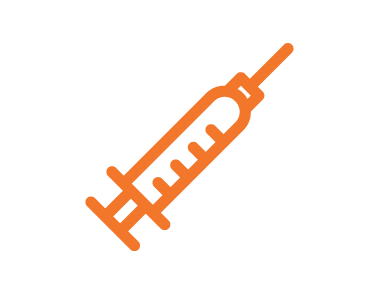
*PCRF uses cancer.gov as our primary source of information
2151 Michelson Drive, Suite 180, Irvine, CA 92612
800.354.7273 | info@pcrf-kids.org